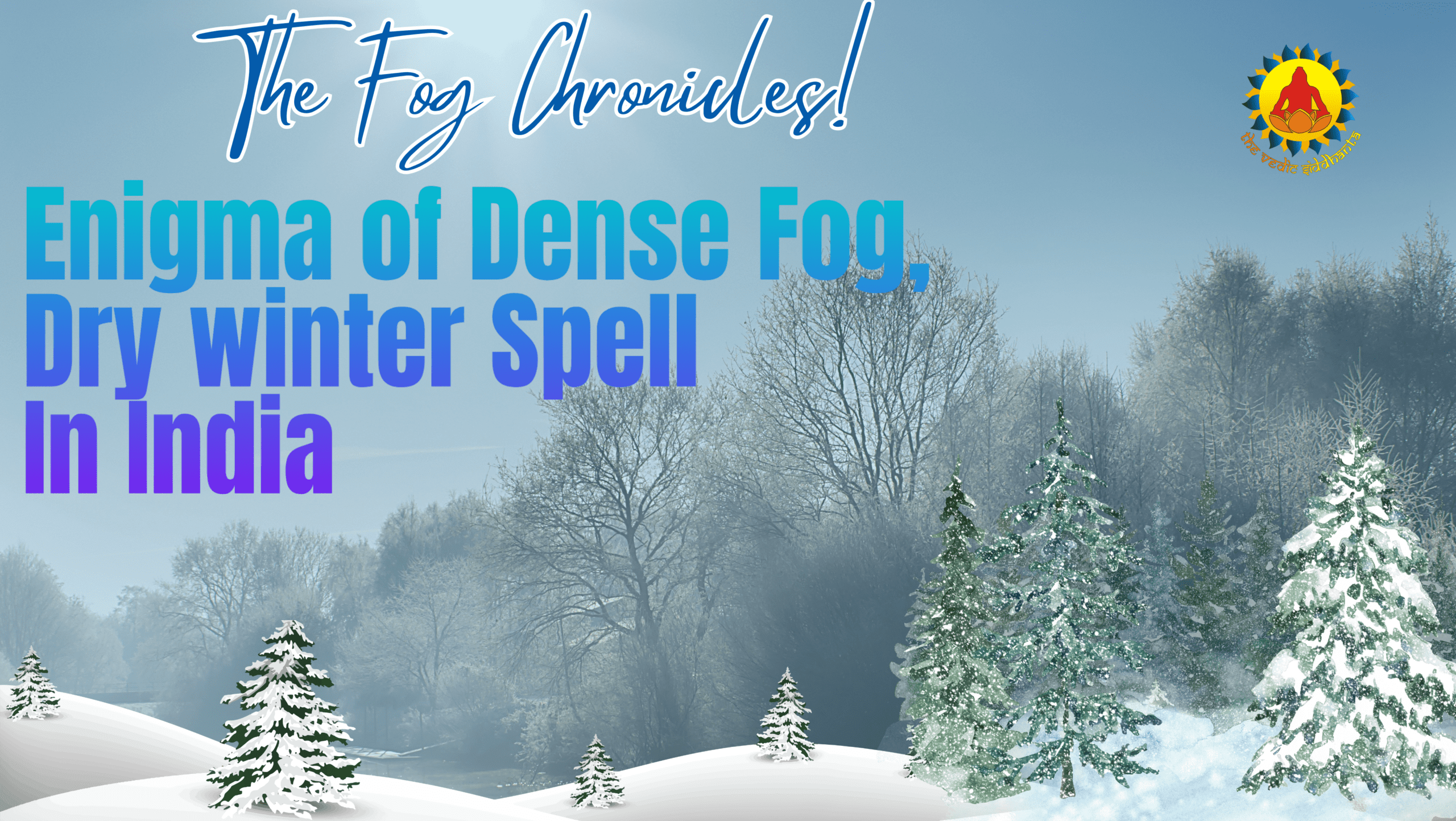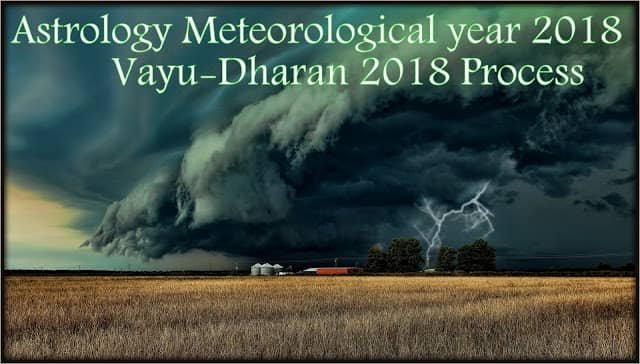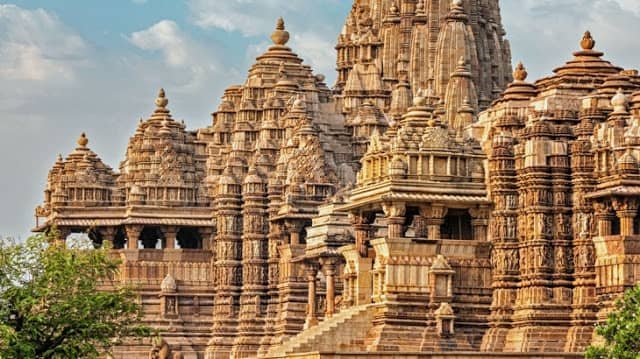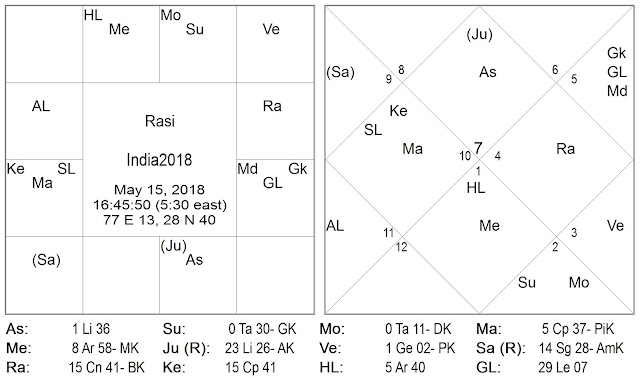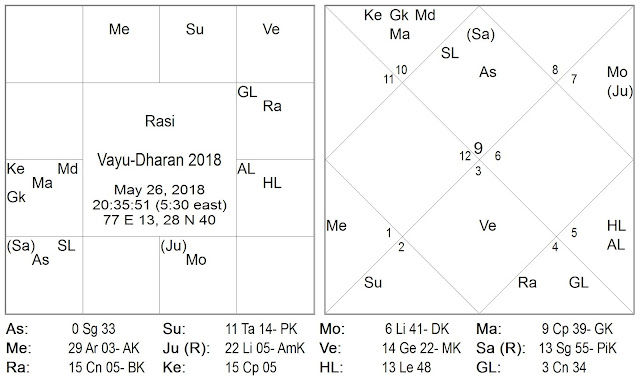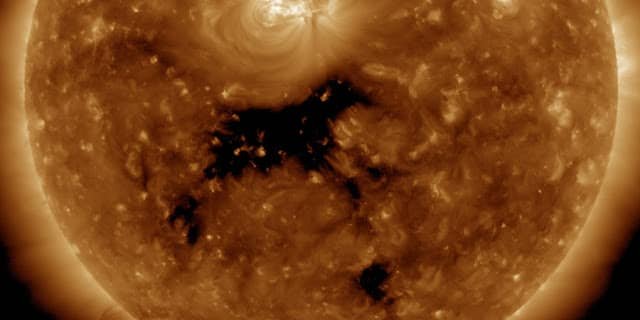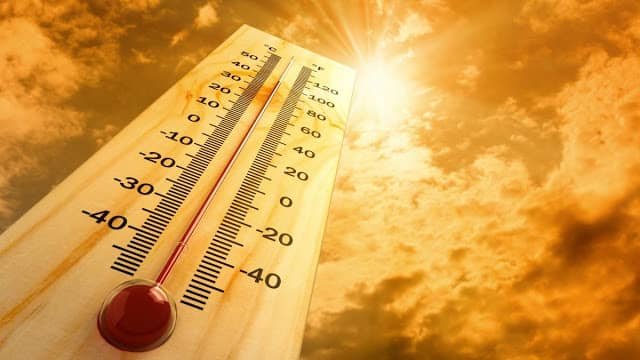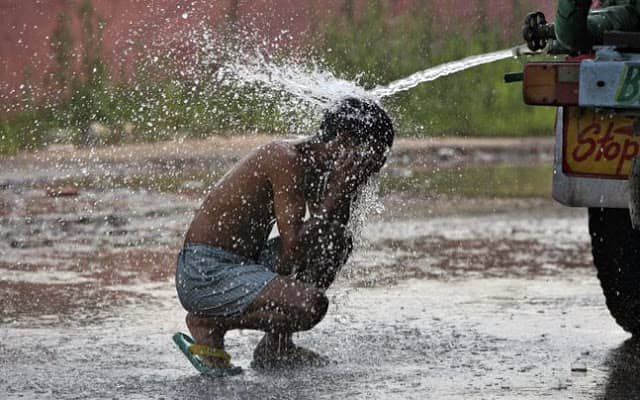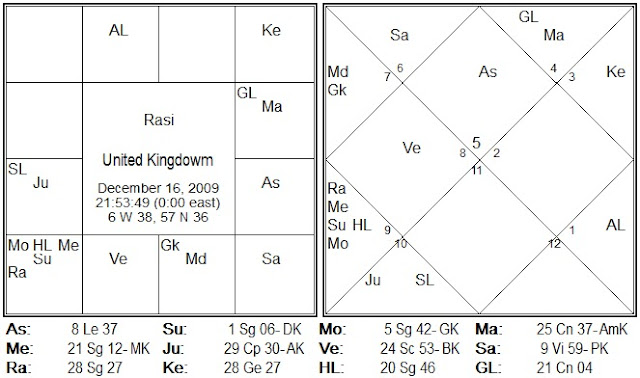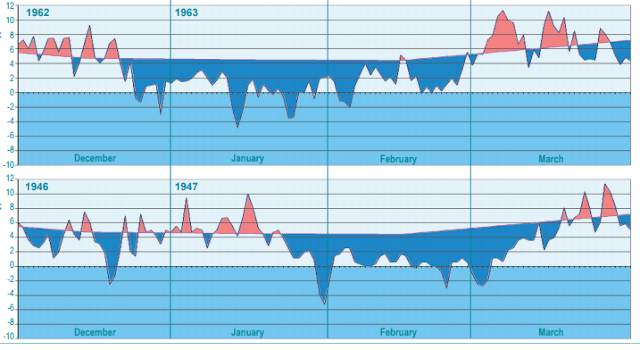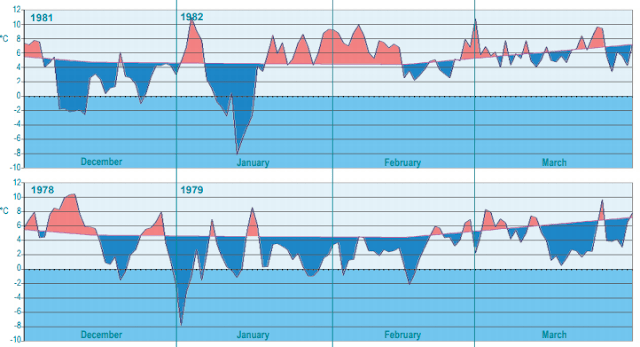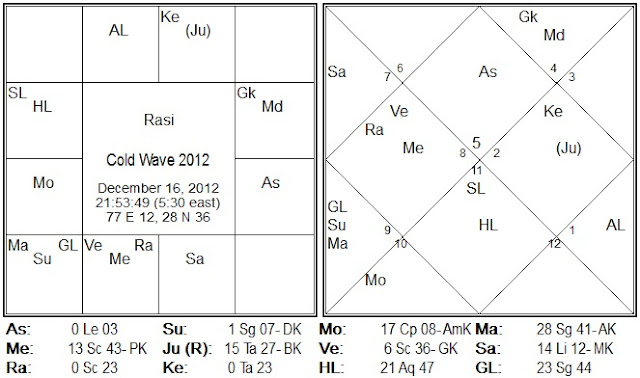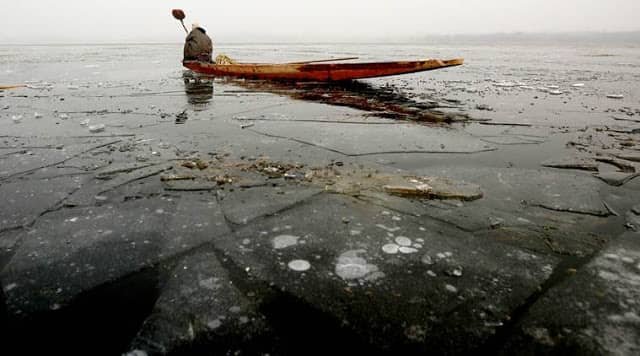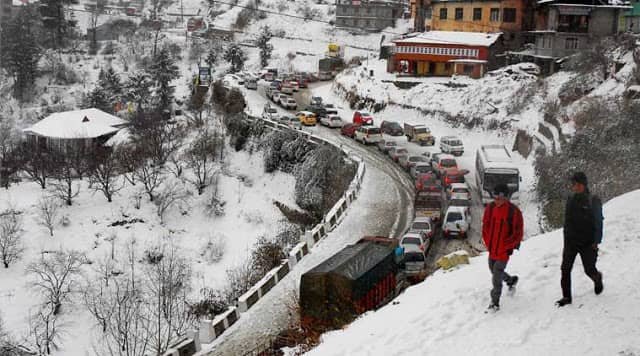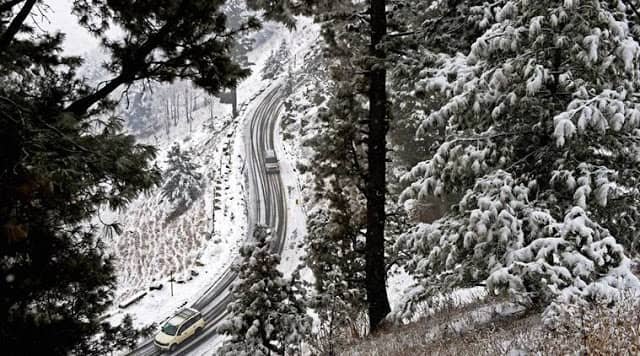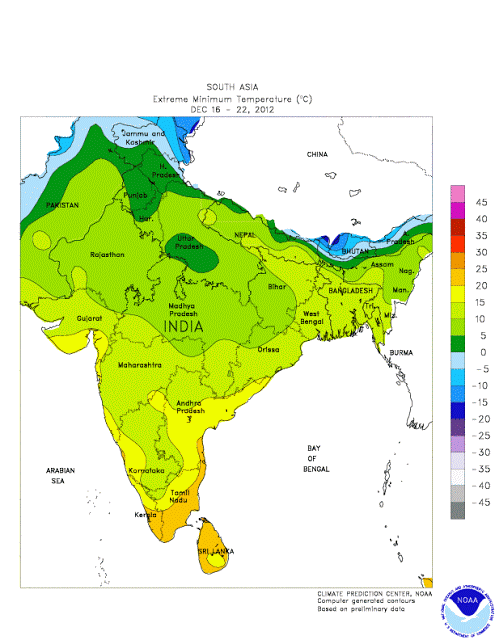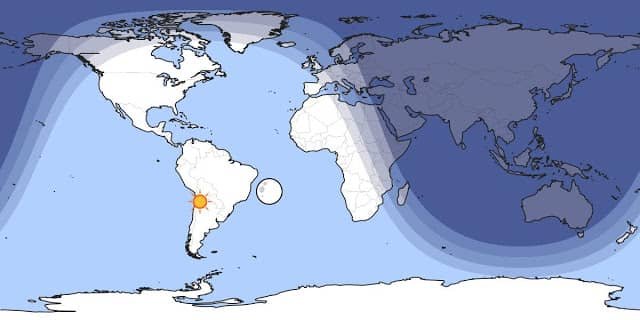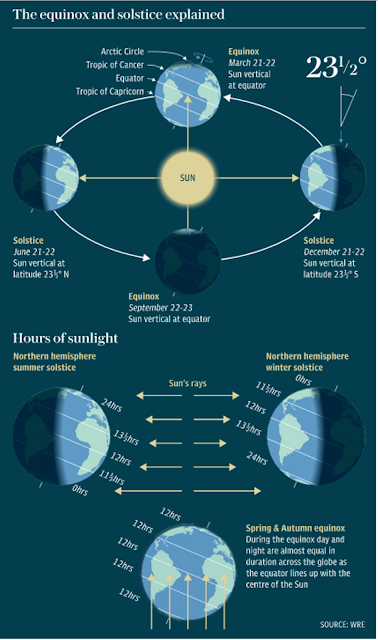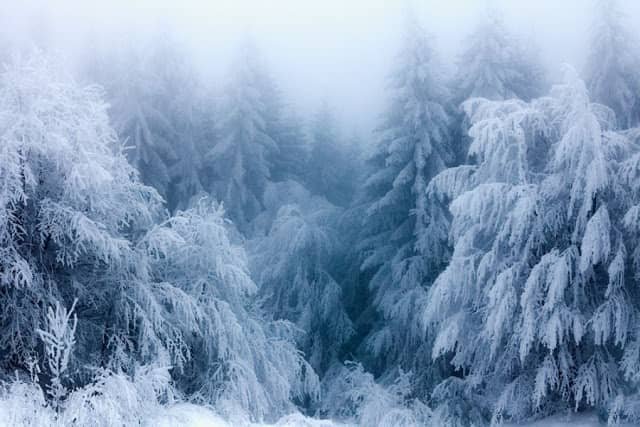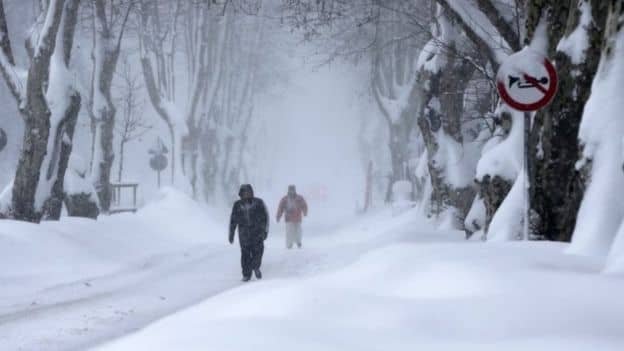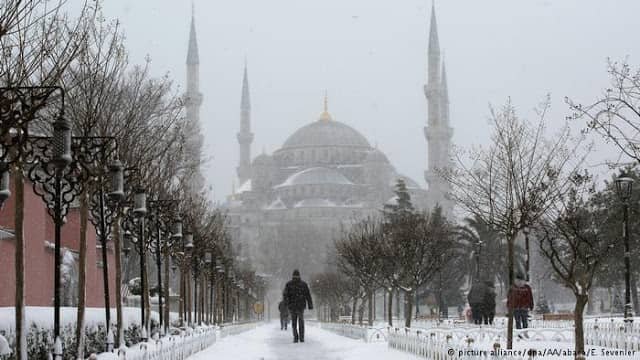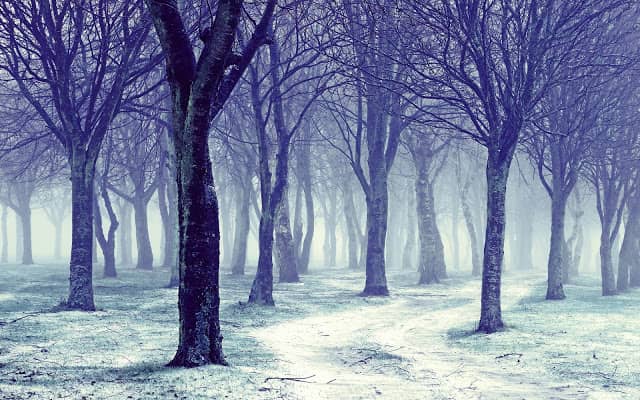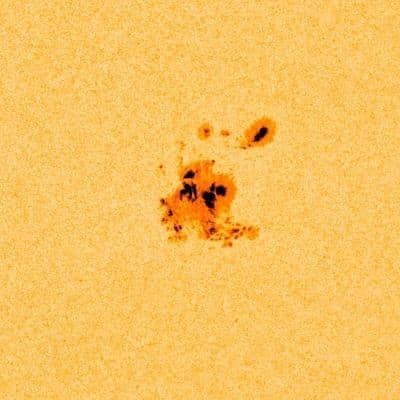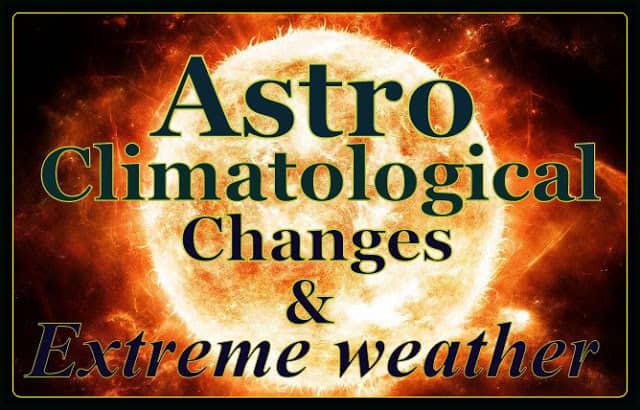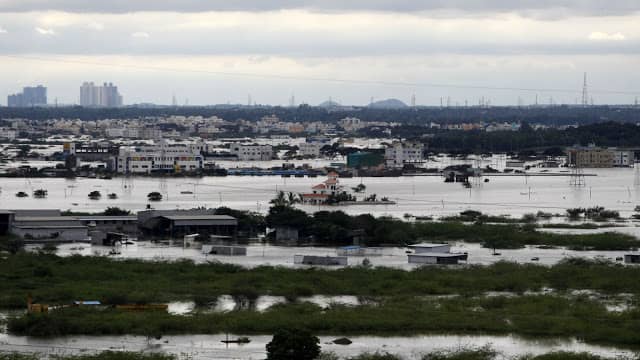Astro-Metrology and blizzard winter of 2024 : The enigma of planetary alignment causing dense fog, blizzard cold and dry winter spell in India and globally
Introduction
In light of the fact that we are looking forward to the winter of 2024, it is essential that we have a solid understanding of the potential meteorological issues that may be encountered in various regions of the world. We will be concentrating on the winter forecast and weather issues in the United States of America, India, and Europe in this particular blog article. More specifically, we will be analyzing the impact of blizzard cold, snowfall, and dry winter spells that are caused by El Niño.
There is a possibility that certain places in the United States of America will suffer colder temperatures and an increase in snowfall in 2024, according to the winter prediction. It is anticipated that the northern states, including Minnesota, Wisconsin, and Michigan, will have temperatures that are lower than typical and a greater amount of snowfall. These places may experience difficulties in terms of transportation, infrastructure, and day-to-day life as a result of this.
On the other side, it is possible that the southern states, such as Texas, Florida, and California, may see temperatures that are milder in comparison to the winters that have occurred in the past. On the other hand, it is essential to keep in mind that winter weather can be rather unexpected, and that there is always the possibility of isolated variances.
During the winter season of 2024, the winter forecast for India shows that certain locations may have a winter period that is both drier and colder than usual. It’s possible that the northern states of Himachal Pradesh, Uttarakhand, and Jammu and Kashmir could have temperatures that are lower than average and more precipitation than usual. This may have an effect on agricultural activity as well as the amount of water that is available in certain regions.
On the other hand, southern states such as Kerala, Tamil Nadu, and Karnataka could see temperatures that are more moderate and amounts of precipitation that are more typical. The fact that India’s climate is varied is something that should be taken into consideration, as it is possible for different locations to experience different winter weather patterns.
It is possible that Europe may see a variety of weather conditions during the winter of 2024, according to the winter forecast for Europe. There is a possibility that northern countries such as Norway, Sweden, and Finland will experience lower temperatures and an increase in the amount of snowfall. This may have an impact on transportation systems as well as activities that take place outside.
In the meantime, western nations like the United Kingdom, France, and Spain can experience temperatures that are more moderate and typical levels of precipitation. It is essential to keep in mind, however, that weather patterns are subject to quick change, and that differences on a local level are certainly a possibility.
Impact of El Nino on weather forecast of 2024
The climatic pattern known as El Niño, which is marked by sea surface temperatures that are higher than the usual in the Pacific Ocean, has the potential to exert a substantial influence on winter weather patterns all over the world. There is a possibility that certain places will endure blizzard cold, significant snowfall, or dry winter spells by the time an El Niño event occurs.
The term “blizzard cold” refers to conditions in which temperatures are extremely low and heavy winds are present. This combination may result in hazardous wind chills and frostbite risks. This can create difficulties for individuals in terms of their ability to participate in outside activities, transportation, and their overall well-being. In these kinds of conditions, it is essential to remember to take the necessary precautions in order to keep oneself warm and to protect oneself.
When there is a significant amount of snowfall, it can cause traffic disruptions, schools to close, and difficulties in clearing roads and sidewalks. In the event that severe snowstorms occur, it is of the utmost importance to adhere to safety recommendations and be ready for the possibility of power outages as well as restricted access to key services.
It is possible for dry winter spells to have severe repercussions for agriculture, water resources, and the overall health of ecosystems.
The decreased precipitation that occurs during these times can result in drought conditions, which can have an impact on agriculture output, water availability, and the habitats of some fauna. It is essential for communities to engage in water conservation activities and to encourage the use of environmentally responsible agriculture methods.
In spite of the fact that the effects of El Niño-induced extreme cold, snowfall, and dry winter spells might vary from one place to another, it is of utmost importance for individuals, communities, and governments to remain well-informed, well-prepared, and resilient when confronted with the possibility of winter weather issues.
In conclusion, the winter prognosis for 2024 indicates that conditions will be different in Europe, India, and the United States of America. It is of utmost importance for individuals, communities, and authorities to have a comprehensive understanding of the possible impact of El Niño-induced extreme cold, snowfall, and dry winter spells. This understanding is essential for properly preparing for and mitigating the issues that may develop throughout the winter season.
India and the world are affected by dry winters, dense fog, tough meteorological conditions, and the influence of El Niño.
Welcome to The dense Fog Chronicles and dry winter spell in India for the year 2024 ! In this blog post, we will explore the phenomenon of dry winter spells in India and around the world, specifically focusing on the year 2024. As climate change continues to impact our planet, it is crucial to understand the various weather patterns and their implications.
As the winter season sets in, many parts of the world experience a phenomenon known as dense fog. Acute snowfall, dry winter spell and some of the places are without Snowfall and rainfall. This natural occurrence can have a significant impact on various aspects of life, from transportation to public health. In recent years, the enigma of dense fog, Dry winter spell and weather anomalies has become even more complex due to the influence of increasing effect of the El Niño , global climate changes as per most of the climatic scientists and weather science learners are exploring a climate pattern that affects weather patterns worldwide.
In this article, we will explore the connection between dense fog, dry winter spells, and the global repercussions of El Niño’s wrath on India and the rest of the world. We will Learn about the winter forecast and potential weather challenges in the USA, India, and Europe for 2024 and we try to understand about about blizzard cold, snowfall, and dry winter spells for the year 2024 via astrometeorology and weather forecasting system of the indian jyotish system and try understand whether El Niño is the real cause for this year intense weather challenges which is impacting transportation, infrastructure, agriculture, and daily life. Stay informed and prepared to mitigate the challenges of winter weather.
Understanding Dry Winter Spells in Hilly regions of india for the year 2023-24
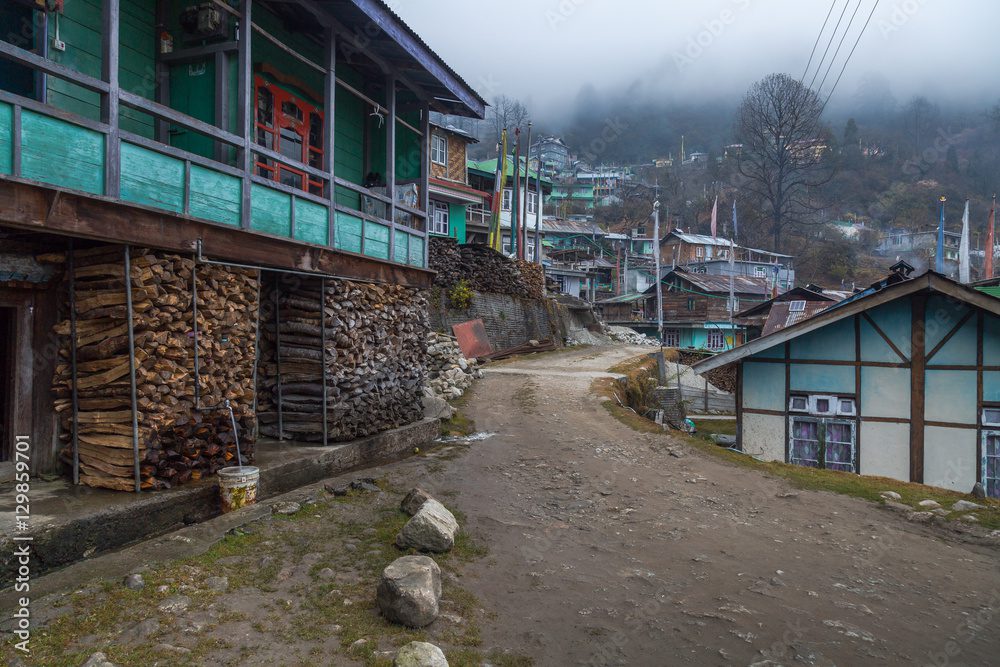
The winter season in northern India became more severe, resulting in the occurrence of dense fog over several states. The minimum temperatures in Punjab, Haryana, Rajasthan, and Uttar Pradesh ranged from 6 to 9 degrees Celsius, while New Delhi, south Rajasthan, and north Madhya Pradesh witnessed temperatures ranging from 10 to 12 degrees Celsius. A significant portion of Northern India encountered dense fog, resulting in visibility dropping to as little as 6 feet for many consecutive days. Foggy conditions were seen in Haryana, Chandigarh, as well as isolated regions in Uttarakhand, Uttar Pradesh, Bihar, Rajasthan, and Madhya Pradesh, resulting in visibility dropping to less than 200 meters.
As per Kashmir Vision, newspaper , In December 2023, the union territories of Jammu & Kashmir and Ladakh experienced extremely dry conditions, with a rainfall deficit of 79% and 100% respectively. Dr. Muhammad Muslim, an Assistant Professor in the Environmental Sciences department at Kashmir University, stated that there are evident signs of climate change. “Upon analyzing historical data, there are evident indications of climate change.” “Regarding the precipitation regime, it is clear that we are experiencing both a reduction in precipitation and a change in the pattern of precipitation,” he stated.

IMD Satellite image : Clearly shows North india to north west india is covered by the dense fog.
As per IMD satellite image we can clearly see that whole Northern india to north west india is covered with the dense layer of fog impacting from J&K, to Punjab, West Up, Bihar, west pakistan, Rajasthan, central india etc.
“There is a noticeable change in winter precipitation.” Dr. Muslim stated that there is a decrease in precipitation in both India and Kashmir, although the decline is not particularly noteworthy in the latter. He further explained that there will still be some precipitation, but it will mostly occur during the spring season.”The changing climate is a direct result of system behavior,” he stated, acknowledging the lack of comprehensive research to determine the primary factors behind this change. “Limited progress has been made in analyzing the drivers to determine the most significant factors,” he stated.
According to Dr. Sami-ullah Bhat, a senior assistant professor in the Environmental Sciences department at Kashmir University, the precipitation pattern is influenced by the wind directions, cloud movement, and the timing and impact of its interaction with the mountains.
Scientifically, Dry winter spells refer to periods of reduced precipitation during the winter season. These spells are characterized by a lack of rainfall or snowfall, resulting in drier and colder conditions. While winter is typically associated with cold weather and precipitation, these dry spells disrupt the normal climate patterns.
In recent years, many regions, including India, have experienced an increase in the frequency and intensity of dry winter spells. These phenomena can have significant consequences for various sectors, including agriculture, water resources, and even public health.
During the winter season, many regions of india are experience a dry spell characterized by a lack of rainfall in the month of October, November and December . This dry winter spell can exacerbate the formation of dense fog. The absence of precipitation reduces the moisture content in the air, creating ideal conditions for fog formation. As a result, the fog becomes denser and persists for longer periods.
India, in particular, is known for its dense fog during the winter months. The northern parts of the country, including the Indo-Gangetic plains, often witness prolonged periods of foggy weather. This has a significant impact on transportation and disrupts daily life for millions of people.
As per Kashmir observer, Many of weather scientists are claiming these dense fog and dry winter spell is occurring due to “El Niño, a cyclic series of climatic variations affecting certain areas of the Pacific region. As per the statement from the Director of the Meteorological Department, this is the lengthiest duration without noteworthy snowfall since 2015. According to him, the valley encountered its initial significant snowfall on January 24th, 2015. Usually, occurrences of El Niño and La Niña often happen at intervals ranging from two to seven years, although they do not adhere to a fixed pattern.
El Niño is a naturally recurring phenomena characterized by periodic increases in sea surface temperatures in the central and eastern parts of the Pacific Ocean. La Niña is characterized by below-average sea temperatures, representing the reverse of the normal conditions. Both El Niño and La Niña have a substantial impact on the weather patterns of Earth. El Niño has a higher frequency of occurrence compared to La Niña, as stated by the National Oceanic and Atmospheric Administration (NOAA).
The India Meteorological Department (IMD) forecasted higher than average minimum and maximum temperatures for the December-February period, influenced by the persistent impacts of El Niño and other regional factors. As a result, the majority of India is anticipated to see a milder winter this year. El Niño is officially defined when there is a sustained increase of at least 0.5 degrees Celsius in sea surface temperatures in the tropical eastern Pacific, compared to the long-term average.
As per Scientist, The elevated maximum and lowest temperatures experienced across the entire country during the period of December 2023 to February 2024 can mostly be ascribed to the occurrence of El Niño, which is known to cause higher temperatures. Furthermore, regional elements such as frequent western disturbances will result in cloud cover and lower minimum temperatures,” as stated by Mrutyunjay Mohapatra, Director General of the Indian Meteorological Department, at a virtual press conference.
Professor Shakeel Ahmad Romshoo, a specialist in Earth science and glaciology, supports the IMD forecast and predicts that the Kashmir valley will likely have a relatively mild winter with less snowfall than typical this year.Due to the ongoing El Niño phenomenon, hilly regions of india likely to see less severe winters with below-average snowfall. During an El Niño year, the Kashmir Himalayas typically get reduced snowfall. “It is responsible for the prolonged drought that has been witnessed in the valley recently.
Astrologically Speaking ( as per rules of Medini Jyotish ) , Condition of Elnio and la nino occurrence is responsible due to the magnetic changes occurring in the Sun and the correspondent Sunspots visible in the solar region, Majorly responsible for the weather conditions in india and across the globe. In Year 2023, we have seen multiple times the visibility of the sunspots from May 2023 to July 2023 and also during the month of October 2023 as well. This has been widely explained in the Brihat Samhita in Chapter 3rd of Adityachar.
As per “ Acharya Varahmihira ” 33 Ketus or 33 Dark shafts has been observed in Sub orbits during particular sun transits in different-different signs with slow moving planets, Uniquely Named as “ TamasaKilakas “ and effects has been seen and observed based on Color, Positions and Shapes. Acharya further explains impact of “Tamasakilakas “ in various regions in earth Whenever these dark shafts has been appeared in sun facing earth regions during Sun transits: “ Water turns turbid, Sky is filled with Dust, Storm arises carrying sand and breaking the tops of mountains and trees, there appears Flares in the quarter; thunderbolts, earthquakes and other such unusual phenomena take place in earth, Clouds bearing rains activity observes and river usually becomes slender “
( Quote 9, 10 and 13, Brihat Samhita of Varahmihiraby Ramakrishna Bhatt).
Ancient Weather and Mundane science Acharya, Varahmihira scientific explanations and Impact of Sunspots in “ Adityachar” in Brihat Samhita shows Hindu’s brilliant astronomers like “ Aryabhatta“and “ Varahmihira “ around 400 to 500 were already aware of Sunspots and potent impact of heliocentric Sun and their major Solar cycle activities in earth atmospheres.
This even shows without having modern instruments likes Telescope’s and Fixed large observatories Hindu ancient scholars were much eminent and expertized in observing and calculating Solar activities during Sun orbits.(Reference: BrihatSamhita of Varahmihira, “ AdityaChar “, Chapter 3 , Quote 7 by Ramkrishna Bhatt ).
Astrologically learners can observe major Sunspots activities in yearly transits when sun is closely com-busted or conjugated with slow moving planets like Jupiter and Saturn, Dr B.V Raman has explained many of remarkable conclusions on Sunspots during their research on Earthquakes and weathers changes.
It has been seen and observed by Dr B.V Raman, whenever Sun transits in any signs having Close relation with Major Slow moving planets like Saturn and Jupiter – major Sunspots activities usually noted by astronomers across the globe. Sometime Small sunspots activities also been noted when Sun is superiority conjugated with Venus and Mars and usually appears in Solar discs areas and further massive solar flares activities also been observed by astronomers too.
Impact of these sunspots activities in earth atmospheres has been observed in Feb 2015 and might be even later impact was seen. Later activities Seen in weathers during Full Solar eclipse occurred in March 2015, lunar eclipse occurred on April 2015 and finally after Sun ingress in Aries in 0 degree in April 2015 month changed the whole scenario of weather situation in earth in eastern regions.
Important Astrological factors resposible for climatic conditions changes
1) Role of Sun and Mars: If both Sun and Mars are closely conjugated or having close relations in same house in Ardara Parvesh chakra, usually gives intense dry and warm weather for that year and there will be intense heat waves before start of monsoon. If Sun is behind Mars, there will be possibility of no rains for whole monsoon season.
2) Sun and Saturn: Whenever both sun and Saturn are closely placed in one rashi, usually in summer, intense heat waves observes and in winter usually observes acute cold with good amount of Snowfall.
3) As per mundane rules Saturn is considered as karaka for dry and cold winds and usually it gives dryness and acute coldness in atmosphere’s depends on seasonal changes and whenever it is placed in Jala Nadi it usually gives Strong windstorm of water and air and storms can cause massive cyclones in coastal regions and wrecking of ships via thunderstorms is a role of mars when it is with Saturn or getting aspect from mars in coastal areas.
If Saturn is in airy nadi, it usually drives away all the clouds responsible for rain with its huge blow of wind and dryness.
If Saturn is in Agni nadi, it usually gives intense dry heats waves; Dusty wind storms and heavy storms which are very powerful and even can break any buildings or obstacle come over their paths.
Sapta nadi Chakra is again a very useful tool or an ancient chakra schemes used by our sages in predicting weather, floods, thunderstorms, cold conditions, and heat waves patterns especially for rainfall and it is a best tool to use for predicting Monsoon activities in India around sun movement in ardara Nakashtra.
Though it can be used for world Rain patterns but it needs extensive work on with Koorma Chakra for World charts for locating Nakashtras. Mostly Explanation of Sapta Nadi Chakara is widely seen in two ancient sources of Saptanadi Chakra – Narapati Jayachara and Sage Parashara and all later texts are based on them. Original source of Sapta nadi Chakra was a tantric text titled ‘yamaleeya-Svarodaya’.
As Explained by Narapati Jayachara , it is used for Calculation on quantity of rainfalls starting from Kritika Nakashtra.
“ Pushya , Poorva Phalguni, Abhijeeta, Satabhishaq “ are fall in Jala nadi ruled by Mercury.
Prachanda Nadi usually gives huge blow of wind, Vayu Nadi gives normal volume of winds and Agni Nadi gives Immense Heat and warm weather.
Neera Nadi usually gives clue of entry of clouds and in Jala and Parachanda Planets give heavy rainfall.
If there is placement of Malefic, Moon and Beneficial planet in same sign or same nakashtra it usually gives huge amount of rainfall.
If there is Moon and any planet conjugated in same nakashtra at same day it gives heavy rainfall for continues 2.5 days till moon is conjugated with that planet.
If in Amrita Nadi both Malefic and Benefic planets are placed with moon it usually gives continues rain up to 3,4 or maximum up to 7 days.
In Jala Nadi If Moon is with Both Malefic and Benefic it can also give rain up to 1.5 or 5 days.
If in any nadi there is Moon, mars and Jupiter are closely placed it can also drown whole earth for some days. During planet direct motion, retrograde motion, and combustion and during any planet movement in sankranti in Jala nadi it usually gives excessive rainfall for few days.
Placement of Mars ahead than sun has capability to suck all clouds which are meant for heavy rain, it usually gives warm weather with no rain.
Mars with Sun usually gives excessive heat waves and warm weather and much possibility of high humidity.
For making a Sapta nadi Chakara we need to use 28 Nakshatra scheme. 28th Nakshatra ‘Abhijit’ is also allotted a space towards the end of Uttarashada.
These Nakshatras are subdivided into 7 Nadis starting from ‘Krittika’ (3rd Nakshatra) as ‘Vaat Nadi or Airy Nadi ’ followed by ‘Ati-vaat or PrachandNadi’, ‘Dahan’, ‘Soumya’, ‘Neera’, ‘Jala’ and ‘Amrita’.
Usually Vaat produces windy weather, Ati-vaat produces cold weather after Rainstorms, Dahan increases temperature depending on the environment as Dahan Nadi is very sensitive nadi wrt to nature and surroundings and it gradually increases with the time and environment, and Soumya, Neera, Jala and Amrita nadis are rain producing Nadis.
If there is in any case an unnatural activity has been observes in Saptanadi chakra, we can same also confirm via “Casting Hindu Near year chart for India “ based on entry of sun on “ Chaitra Shukala partipat tithi “.
By casting Hindu New Year chart we can cross check for any unnatural activity is damaging to country or not and what could be future situation for rain and crops in that particular year.The Sapta nadi chakara sequence follows a serpentine pattern as we have assigns Nakashtras based on Serpents in below mentioned Diagram, as suggested by shiri Narpati Jaicharya ji:
From January 2023, we have been witnessing unusual weather patterns due to the entry of Saturn into the Satabisha Nakashtra. The Satabisha Nakshatra is associated with windy conditions, intense rainfall, and cold weather during winter and rainy season, which can induces the condition of Ati-Vaat in atmosphere.
We have observed extreme rainfall since April 2023, when Jupiter joined with Rahu and Saturn influenced the Aries sign, which governs the northeastern region of India. Saturn in Aquarius indicates the northern region of India, while Scorpio represents the western region. Throughout the year, these regions have experienced severe weather conditions, initially with heavy rainfall and now with intense weather.
The dry winter period, once again linked to the Satabishaa nakshtra, is expected to occur in December 2023 without any alignment with Saturn.
Related Article :
The Impact on India

India, with its diverse climate patterns, is no stranger to dry winter spells. In 2024, the country experienced an extended period of reduced rainfall and snowfall in several regions. This had far-reaching effects on agriculture, particularly in areas that heavily rely on winter crops.
During dry winter spells, the lack of moisture in the soil can hinder crop growth and reduce yields. Farmers may struggle to irrigate their fields adequately, leading to lower agricultural productivity. This, in turn, can have a ripple effect on the economy and food security.
Furthermore, dry winter spells can also impact water resources in the country. With reduced precipitation, rivers, lakes, and reservoirs may experience lower water levels. This can pose challenges for both domestic water supply and irrigation purposes.
Additionally, the lack of rainfall during the winter season can contribute to increased air pollution. Without precipitation to cleanse the air, pollutants and particulate matter can accumulate, leading to poor air quality. This can have detrimental effects on public health, particularly for individuals with respiratory conditions.
The Global Perspective of climate change
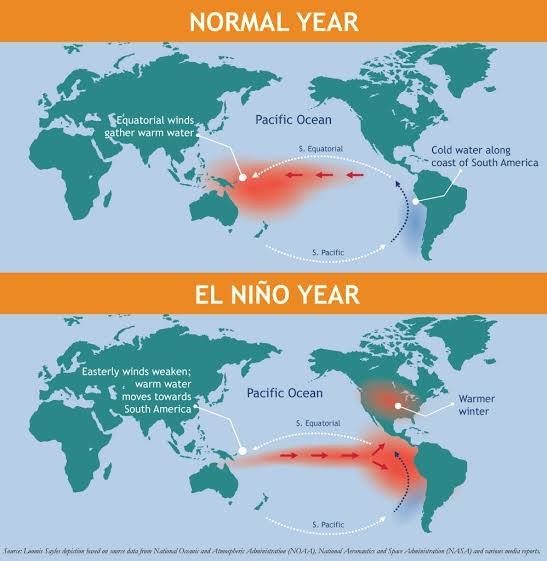
Dry winter spells are not limited to India; they are a global concern. In 2024, several countries across the world experienced similar weather patterns. Regions in Europe, North America, and Asia also reported reduced precipitation during the winter season. The implications of these dry spells vary depending on the geographical location. In areas where winter tourism is a significant economic driver, such as ski resorts, the lack of snowfall can have severe economic consequences. It can impact tourism revenue, employment opportunities, and the overall local economy.
Moreover, the ecological balance of certain regions can be disrupted by prolonged dry winter spells. Ecosystems that rely on winter precipitation, such as forests and wetlands, may suffer from water scarcity. This can affect wildlife habitats and biodiversity.
Adapting to Changing Weather Patterns
As we face the challenges posed by dry winter spells, it becomes crucial to adapt and mitigate their impacts. Governments, communities, and individuals can take various steps to address these changing weather patterns.
Investing in water conservation and management strategies is essential to ensure sustainable water resources. This includes promoting efficient irrigation techniques, rainwater harvesting, and the development of water storage infrastructure.
Furthermore, diversifying agricultural practices can help reduce the dependence on specific crops that are vulnerable to dry spells. Farmers can explore alternative crops or adopt techniques such as crop rotation to mitigate the risks associated with reduced winter precipitation.
On a broader scale, addressing climate change and reducing greenhouse gas emissions is crucial to prevent further disruptions to our climate patterns. This requires collective efforts from governments, businesses, and individuals to transition towards renewable energy sources and adopt sustainable practices.
Global Repercussions of El Niño’s Wrath, dense fog and dry winter spell
El Niño is a climate pattern characterized by the warming of the Pacific Ocean near the equator. It occurs irregularly, typically every 2-7 years, and has far-reaching effects on weather patterns worldwide. El Niño can disrupt the normal atmospheric circulation, leading to extreme weather events in various regions.
One of the consequences of El Niño is the alteration of winter weather patterns. It can lead to drier conditions in some areas, including India, resulting in an increased likelihood of dry winter spells. This, in turn, contributes to the formation of dense fog.
Furthermore, El Niño’s impact on global temperatures can exacerbate the intensity of dense fog. Warmer temperatures can increase the moisture content in the air, creating more favorable conditions for fog formation. As El Niño events become more frequent and intense, the enigma of dense fog is likely to persist and even worsen in the future.
The Enigma of Dense Fog in india from December 2023 to January 2024

Dense fog is a meteorological phenomenon defined by the existence of condensed, low-altitude clouds that diminish visibility to less than 1 kilometer. It happens when there is a significant amount of moisture in the atmosphere along with low temperatures. This combination results in the condensation of moisture into minuscule water droplets, so generating a misty ambiance.
As per Kashmir vision, Weather analyst Faizan Arif Keng, who works independently, also commented on this matter, stating that a relatively mild Western disturbance during the Christmas period may not have resulted in much rainfall. However, it probably did contain a higher amount of moisture in the form of water vapor compared to ordinary conditions. The surplus moisture may have condensed into minuscule water droplets at the surface, resulting in the formation of fog.
Typically, he stated that wind aids in the dispersion of fog by blending and displacing the elevated warm air with the lower chilly and damp air. “Nevertheless, as a result of the lack of powerful winds originating from Western Disturbance, the foggy layer remained confined near the surface, resulting in an extended period of foggy conditions,” he stated. Following the cessation of the disturbance, the absence of clouds facilitated efficient radiational cooling. According to him, the fog became more intense, particularly in the mornings, due to the additional condensation of water vapor caused by rapid nighttime cooling.
On nights with clear skies, the earth’s surface emits heat, resulting in a quick decrease in temperatures. According to him, the quick decrease in temperature close to the surface causes the water vapor in the air to turn into fog.
The presence of dense fog can exert a substantial influence on multiple industries, with transportation being notably affected. Fog frequently leads to reduced visibility, resulting in aircraft delays and cancellations at airports. Incidents of road accidents tend to rise during foggy circumstances due to the challenges faced by drivers in maneuvering through the limited vision. In addition, the presence of dense fog can have detrimental impacts on public health, resulting in respiratory issues and allergic reactions.
Astro-Metrological understanding on weather challenges, Dense fog, dry winter spell and low snowfall for the year 2023-24

Entry of Blizzard cold waves and the impact on India : Understanding Sishir Ritu, Beginning of Dense Fog &
40 days of intense Winter condition
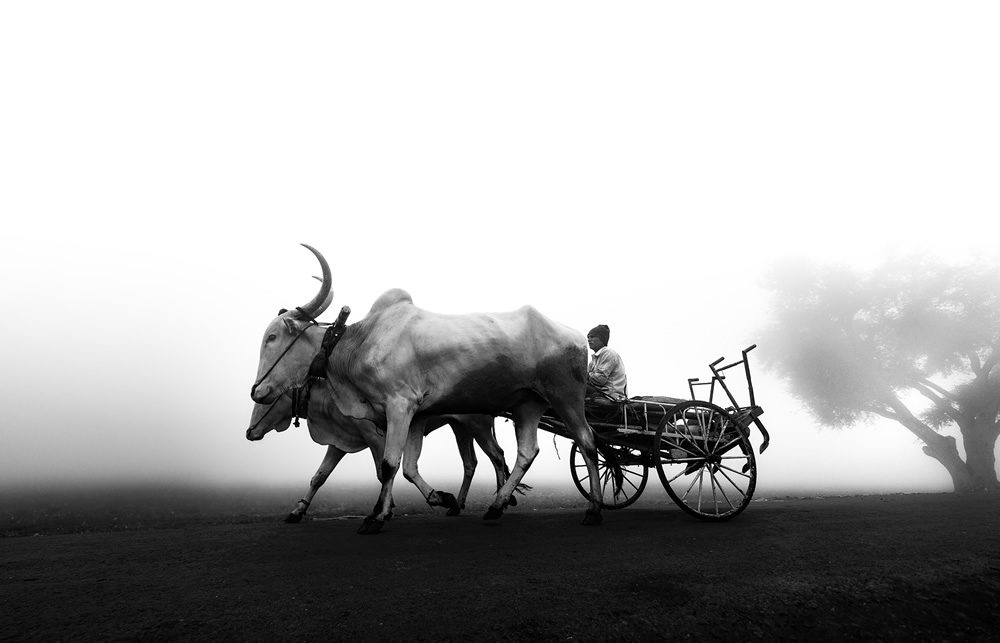
Understanding, The Shishir Ritu, Paush Month and the chilling winter season traditionally
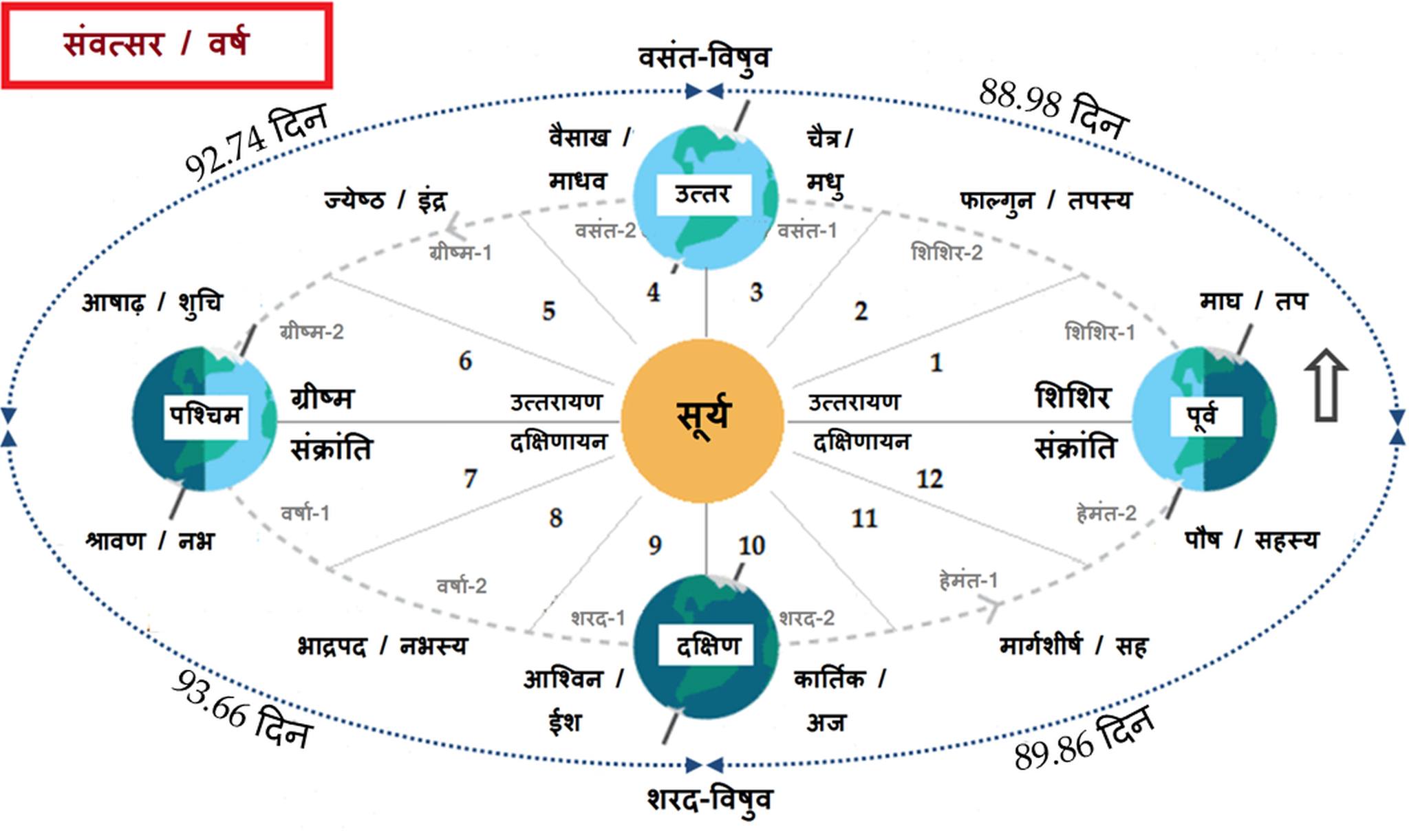
Views: 289



